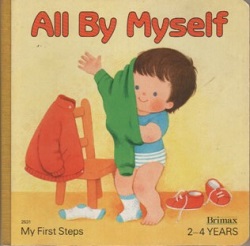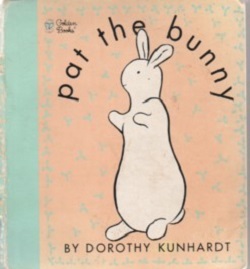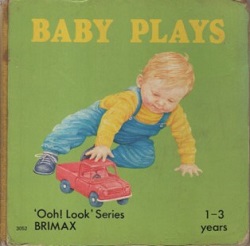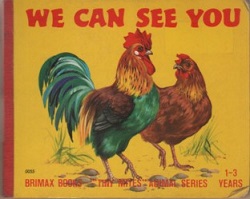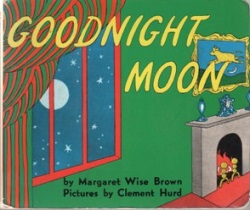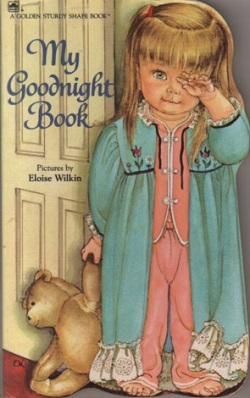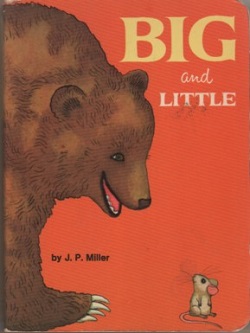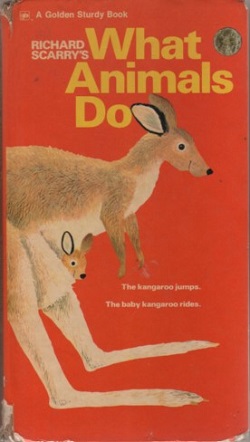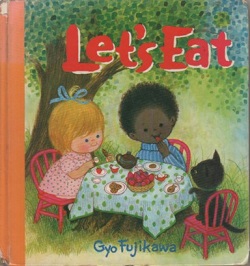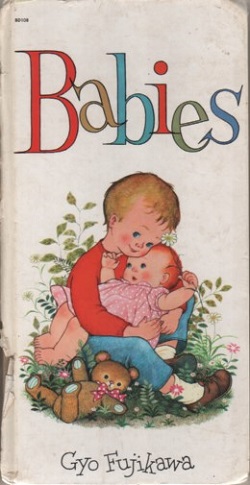|
Anyone with a connection to young children is familiar with board books.
They are the books marketed specifically for infants and toddler. They are
small for little hands to hold, colorful and with fewer pages than regular
picture books. And they are very durable, usually with heavy cardboard pages
made to withstand the chewing, bending and generally rough handling that comes
with the littlest book lovers.
There have been variations of books for young children, going back into
the 1800s and earlier. In the later part of the 1800s, black and white
pictures started evolving into full color illustrations. Cloth books for very
young children were popular in the early 1900s. However, it was in the
1920s-1950s when the publishing world saw the first huge growth in the
publishing of books for children.
Initially books during this period were aimed at preschoolers. Board
books became common, though most were new durable editions of already
published titles. However, experts began to realize that introducing the
youngest children to books even before they could read would improve their
literacy later. From the 1960s-1980s, authors like Helen Oxenbury, Sandra
Boynton and Gyo Fujikawa contributed greatly to the development of the board
book as a separate genre.
Today, board books are a large segment of the children's book market.
Parents realize the importance of introducing their children to books early. Board
books allow even babies a chance to explore books and handle them
safely. Some of the titles produced in the early days of board books,
such as Pat the Bunny (1940, Western Publishing) have become classic and are
still available today.
Here are the board books I've gathered over the years. Many were well loved by my own children when they were tiny. As you browse,
perhaps you will see a few that were favorites in your home.
- Kathy
|

